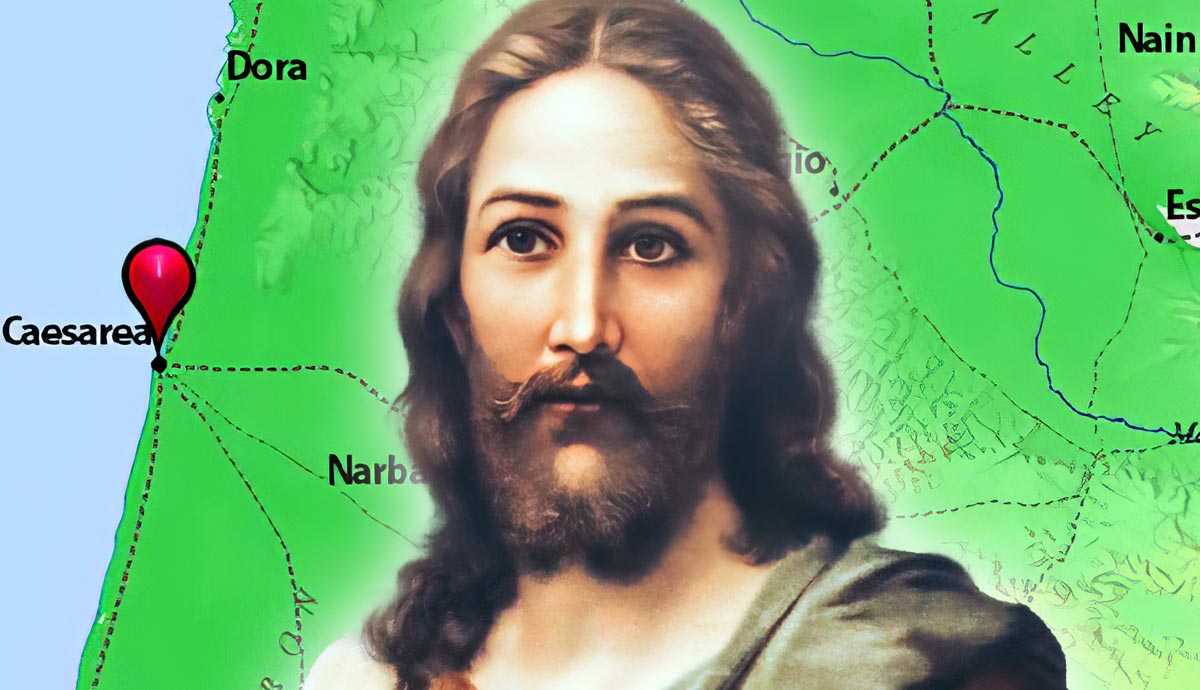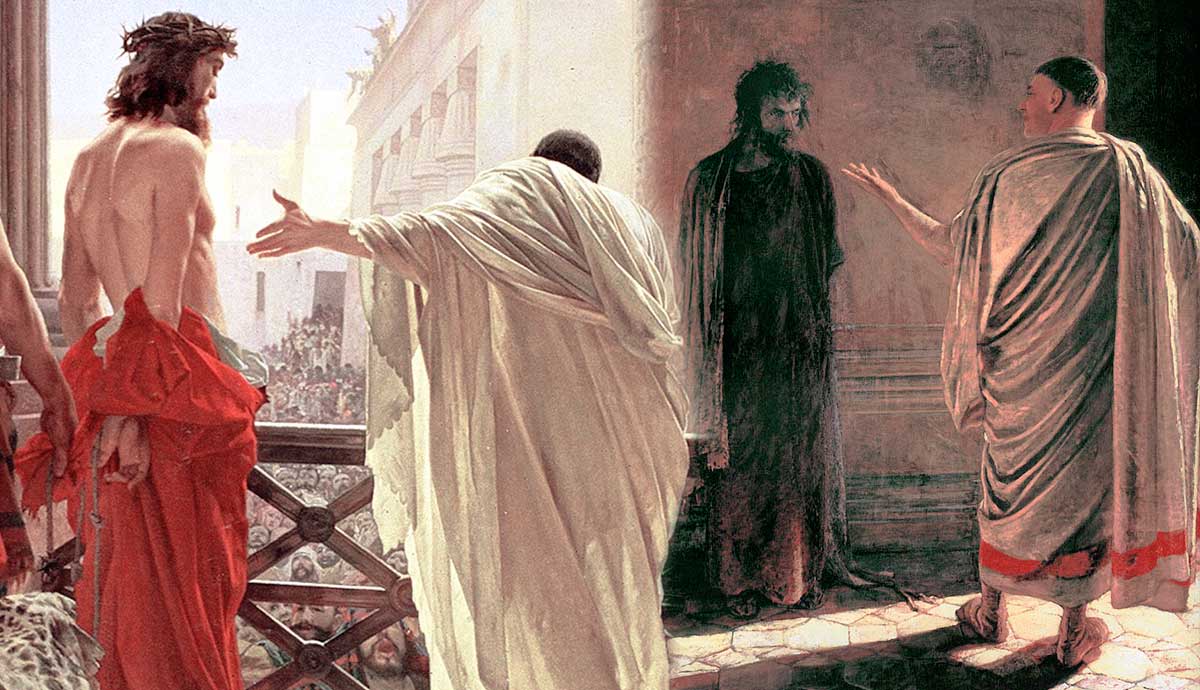
Caesarea Maritima, and its surrounding areas, known as Caesarea Palaestinae and Caesarea Stratonis, are located on what is now the Western coast of Israel. Collectively known as simply Caesarea, it became a center of Christian religious thought and development throughout its early stages in the years following the Ascension of Jesus Christ and the time of His apostles. Caesarea Maritima is distinct from two other significant towns of similar name in the Biblical period – Caesarea Phillippi (which was about 90 miles Northeast further inland) and Caesarea Mazaca (home of Basil, in what is now central Turkey).

Caesarea was named for Caesar Augustus by the infamous Herod I who enlarged it during the time of the Roman rule, and it became the capital of the region into the 600s CE, serving as capital of Roman Judaea, Syria Palaestina and Palaestina Prima. Pontius Pilate and other procurators resided there, only going to Jerusalem as needed as Jerusalem was about 75 miles away. Caesarea was home to people from many different backgrounds, and grew to over 250,000 residents under Roman rule.
Caesarea in the Bible

During New Testament times, various apostles had encounters at Caesarea. The first Gentile (non-Jew) baptism was performed there by Simon Peter upon the Roman Centurion Cornelius and his family. The baptism of Cornelius came after a vision was given to Peter regarding clean and unclean animals, and the vision related those things to non-Jewish people. Also, the Apostle Paul visited there several times, staying with the deacon Philip, who had a home and family there.
The School of Theology in Caesaria

In the 200s CE, Origen and Pamphilus collected over 30,000 manuscripts for a school of theology in Caesarea. The Theological Library of Caesarea Maritima, as well as a scriptorium (for copying the manuscripts) and school of theology became a major influence on the growth of Christianity, overshadowing even Jerusalem as a center for the faith. A possible council may have been held under Bishop Theophilus in 195 CE to determine the proper date for the celebration of Easter. Around 638 CE, the Muslim Saracens invaded the city and likely destroyed the library and much of the contents that remained there.
Scholars Who Studied in Caesarea

The theological library would serve figures such as Eusebius (who was born and served as bishop in Caesarea), Jerome, and Origen in their studies and translations. Basil the Great and his brother Gregory of Nazianzus also studied there. Under Eusebius, 50 copies of the Bible were made per order from Roman Emperor Constantine I, of which Codex Sinaiticus and Codex Vaticanus may have originated. Origen wrote his Hexapla in Caesarea, which was used later by Jerome in translating the Latin Vulgate. The Nicene Creed may also have been first formulated in Caesarea.
Caesarean Text-type

The Caesarean text-type is a distinct type of Biblical translative reading originating in Caesarea. If ancient Biblical texts are seen as a “tree,” with the originals from the writers (called autographs) as the “trunk,” a text-type is one of the main branches of copying and translation off of that trunk. The Caesarean text-type has its main distinction from other text-types among the Gospels.
The City Was Widely Influential

Following the fall of Jerusalem in 70 CE, Caesarea Maritima became the natural center of Christianity for the region for a significant time until the 600s CE. While Christianity spread to other areas in significant ways, that spread may not have been possible without a flourishing and learned city so near its founding center of Jerusalem. It’s important to note that the influence of scholars wasn’t uniform. Western Christianity developed its own theological schools and figures, but the groundwork laid by scholars of Caesarea undoubtedly played a role in shaping the broader Christian theological landscape.










